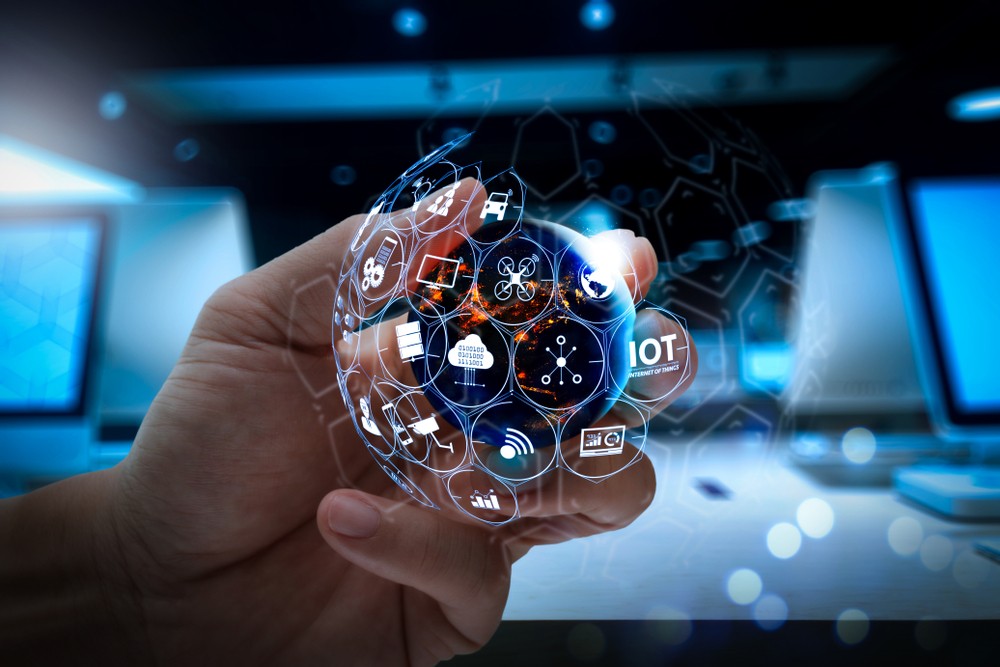In the span of just a few months, our daily routines and procedural workflows have been upended and transformed beyond belief. Now executives across the country wake up to a new routine.
But innovation of workplace-enablement products and services in the last decade has given an indication into the future of our workforce. The COVID-19 epidemic has simply given us the push to speed up adoption towards our future state faster than we could have anticipated or planned for.
Rather than referring to our new workplace paradigm as the “new normal,” try thinking about it as the “present future.” After all, while most organisations had roadmaps in place for how supply chain interruptions, cybersecurity concerns, and new technologies may affect their business models, how many of them had widespread pandemic implications embedded in these strategies?
Back in the 18th century, the UK began moving production and work from the home to the factory, but the industrial revolution took more than a century to fully scale. Fast forward to today and business leaders are tasked with making major changes to keep their employees safe (integrating employees with technology such as automation, remote monitoring and location-agnostic push notifications) in just a matter of months.
Just like the outcome of the previous industrial revolution, this change will lead to new technologies and approaches that create better products, workflow processes, efficiencies and stronger, longer-lasting economic results.
In considering this, you are probably asking yourself, “Where’s the revolution?” Coupled with the uncertainty of the current pandemic, it’s apparent that moulding to a new work process must be met with a sense of urgency and consensus. And the building of consensus among the rank and file at your company starts at the top of the organisational hierarchy.
New workplace models make executive leadership decisions around the adoption of this “present future” even more critical to the future success of a company. Each and every organisation needs an efficient, organised, data-driven plan to get back to work with a common goal of putting employees’ minds at ease when it comes to both their safety and overall adaptation to ensure they thrive in this “present future.”
Adjusting to the new workplace paradigm will not be easy. A recent study by Ernst & Young showed the reality of this unease in the executive ranks in the form of these findings:
· 73% of global executives expect COVID-19 to have a severe impact on the global economy
· Over half (52%) are having to reconfigure operations as vulnerabilities in supply chains are exposed
· 54% of respondents expect a longer period of slower economic recovery extending into 2021
· M&A activity intentions remain strong as executives look beyond the crisis
To plan for logical next steps and implementations for this “future present,” business leaders across all industries must become “quantified executives.” Every C-suite member will have to quantify the actions behind their business decisions through the lens of COVID-19 (or any future pandemic/emergency) by communicating them in a transparent, data-driven way with the entirety of their organisation.
This new level of transparency will “humanise” the C-suite, especially in historically hierarchical organisations where the office of the executive has been more of an ivory tower than a glass house.
Quantification of the executive starts with the integration of innovation, data, and digital applications to augment or completely replace the “old way” of communicating with the workforce. And when it comes to the return to work after a global crisis of this scale, communication is key. Executives will be tasked with providing both their remote and in-office workforce with real-time updates about not only their health and safety first and foremost, but a host of additional topics they have never been more laser-focused: the risks associated with noncompliance to new procedures and protocols; upskilling on new remote work enablement technologies; changes in supply and demand; and more.
In a post-COVID world, employees will be looking to leadership to get the facts. Opting for a data-backed approach to tracking processes like temperature checks, building foot traffic, sanitisation, employee productivity both at home and in the office and, of course, compliance with all new protocols will decrease the risk of confusion coming from multiple sources and instead instil confidence in the workforce as it adapts to this “present future.”
“That’s not to say that seeking out and defining data parameters to more empirically measure our workplace performance should result in us becoming solely data-driven regarding our careers,” digital innovator Robert Michael Murray recently wrote in an article for Medium. “Just like in other areas where access to data has given us greater control over our lives, it should be one consideration amongst many. Ultimately, it’s all part of striking a balance.”
This balance means not losing focus on people and the sense of humanity when it comes to back-to-work processes. While safety comes first, leadership also wants employees excited to return to a new, optimised workplace, to see their colleagues, and to safely collaborate again.
Are you ready to lead in the “present future” revolution, or will you take the risk of trying to fit a square peg in a round hole and hope that business can go back to the way it was? The only hurdle to digital adoption resides in you, the C-Suite. In a crisis that we are currently in, the smart executives will use this moment as a way to propel their organisation forward, not to look back.




